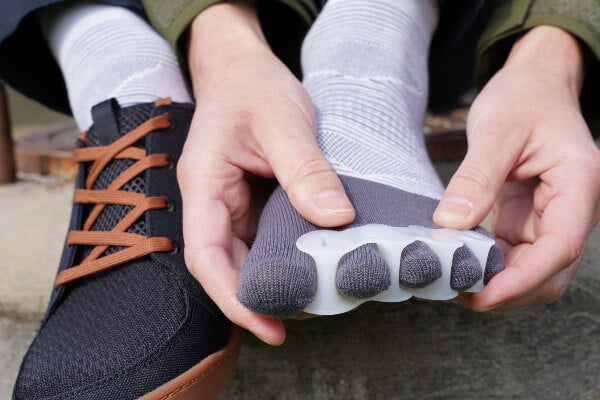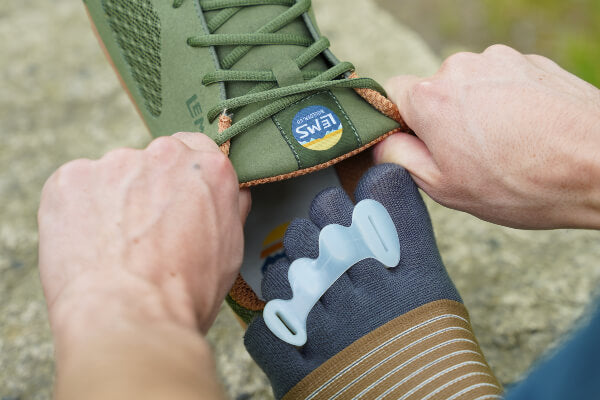Achilles Tendinosis

The Achilles tendon is a strong cord made of fibrous connective tissue that attaches the calf muscle group to the calcaneus, or heel bone. The Achilles tendon is located at the lower end of the calf, and it is the continuation of the gastrocnemius and soleus muscles. This tendon is one of the strongest tendons in the body and is essential for performing many occupational and recreational... Read more












